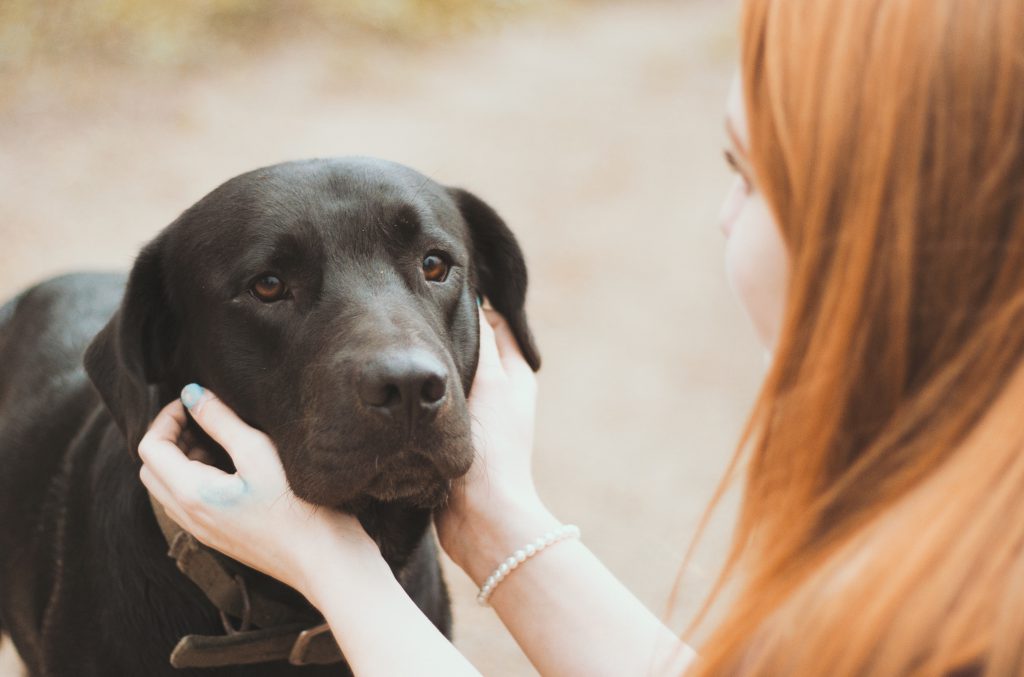
Body Language and Behavior Signs That Show Fear in Dogs
Contents
Causes and Corrective Actions for Dog Fear
Abuse/Neglect
Mental or physical abuse and general neglect can leave a dog fearful of humans.
ABUSE/NEGLECT Corrective Actions: For the formerly severely abused dog or if the dog shows aggression, enlist a professional trainer’s help. For the non-aggressive case, introduce kindly enforced rules that let the dog know what to expect and thus gain a feeling of security. Work positive obedience training to instill the dog with confidence in himself, in you and to strengthen the bond between you. Never permit people to force attention on the dog, initially socialize dog “around” people who purposely ignore him, once dog visibly relaxes ask people to toss treats in dog’s direction — slowly work toward a comfortable and safe tolerance with people, understanding that the abused dog may never be friendly.
Genetics
Some dogs possess a genetic predisposition toward fearful behavior, a trait often evident in the dog’s parents and/or grandparents.
Lack of Socialization
A dog who lacked early exposure to people, other puppies, friendly adult dogs, different sounds, various environments and the world in general often ends up with a fearful attitude outside the most familiar environment.
GENETICS, LACK OF SOCIALIZATION Corrective Actions: If necessary work with a professional to train the genetically fearful or under-socialized dog using positive obedience training methods to increase confidence and allow alternative “focused” behaviors the dog can perform in lieu of acting fearful, such as Sit or Down. Follow a slow, steady socialization schedule that gradually exposes your dog to life. Teach dog tricks and/or agility with clicker training or another positive method as these fun activities greatly increase confidence. Approach rehabilitation with fair expectations — a dog who genetically lacks solid nerves or received inadequate socialization while young may never become friendly, but can usually learn safe tolerance around people and dogs.

Reactiveness
The dog who lunges, barks and growls at approaching people or dogs may do so out of aggression, but most reactive dogs respond this way from the fear and have learned their aggressive-appearing reaction makes “scary” things go away.
REACTIVENESS Corrective Actions: Work with a trainer to employ “counter-conditioning” to train dog to perform an acceptable alternative behavior and desensitize him to triggering stimuli through gradual exposure and pleasant association. Do not reassure the reactive dog with a sympathetic tone as most dogs interpret this as praise and/or weakness on the “leader’s” part in what the dog considers a threatening situation. Avoid harsh corrections as this coupled with the dog’s already reactive state can unnecessarily provoke aggression.
Separation Anxiety
This common problem stems from the dog’s fear, or anxiety, at being left behind from the “pack,” or family and often results in destructiveness, escape attempts and other problem behaviors.
SEPARATION ANXIETY Corrective Actions: Consistent attempts to escape confinement due to noise sensitivity or separation anxiety require help from an experienced trainer to help the dog feel confident while alone and to desensitize him to noise through training and management.
